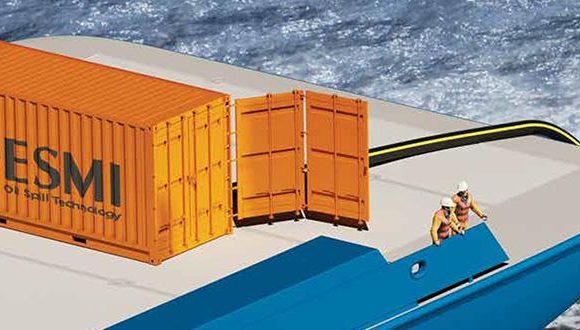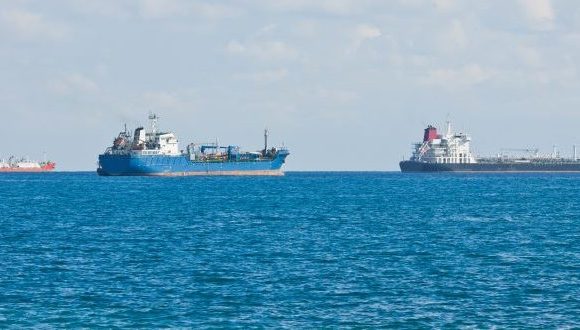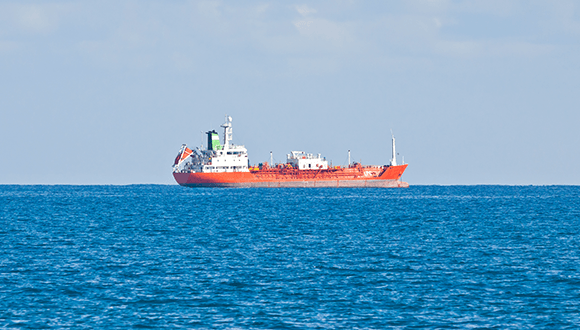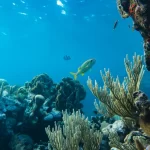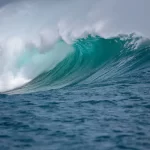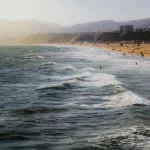Oil Spill: Containment, Recovery and Consequences
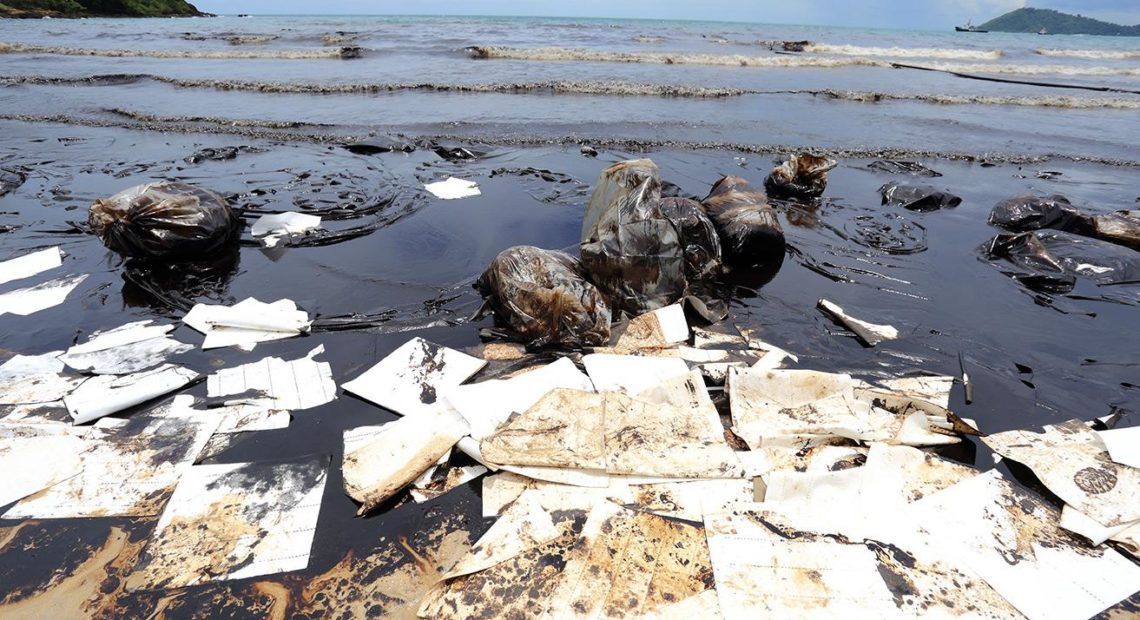
Oil spills are considered one of the major forms of pollution, which clearly says a lot about their effect on the environment, particularly on marine life. Oil tankers can spill crude oil, while vessels, vehicles and pipelines can release liquid petroleum in bodies of water and into the environment.
Regardless of the amount of oil spilled, the effects can be devastating, because they can impact in two ways – directly caused by the oil or due to the response or cleanup process. Other factors can also contribute to the level of damage caused. An oil spill at the wrong season, for example, could prove much more harmful than an oil tanker emptying all of its content in the ocean.
Consequences of oil spill
- Oil floating on water prevents sunlight from passing through. Marine life and plants need the sunlight to survive.
- Its toxicity can cause death in animals, especially those that preen or lick themselves to get rid of the oil.
- When oil penetrates the plumage of birds, it results in breakdown of the feathers’ insulating capabilities and will make them heavier. This will keep birds from flying and will cause poisoning and hypothermia.
- When oil covers the fur of seals, sea otters and other furred marine mammals, they will suffer from hypothermia and fluctuations in body temperature because of the fur’s reduced insulating effect.
- The strong scent of oil will keep animals who rely on scent from finding their babies, resulting in the babies’ starvation and eventual death.
- Large-scale oil spills can increase the need to import or export oil, affecting the economy.
- Tourists will stay away from the affected area and that will affect the tourism industry.
There’s no question of how damaging an oil spill is. This is why it has to be contained and cleaned up as quickly as possible.
Methods of oil removal
Remove oil spill from the shoreline
There are several ways to clean up oil from the shore and to keep it from spreading to the water bodies. There’s shoreline flushing/washing, the use of boom to contain the spread, vacuums and sorbents, in situ burning, manual removal and mechanical removal. There are also chemical cleaners available, but special permissions are required before they can be used.
The method to be used will depend on the amount of oil spill that needs to be removed and the site affected. Mechanical removal, for example, is applicable if access is possible and heavy machinery would not further damage the shoreline.
Remove oil spill from bodies of water
- Booms
These are physical floating barriers that keep oil from spreading further. It has three main types: hard boom, sorbent boom and fire boom. Among the three, hard boom offers the best containment option as it creates a skirt under water, and can be used for an extended period. Sorbent boom is only as good as the amount of oil its absorbing material can handle, while the fire boom can only contain spill long enough for it to be burned.
- Skimmers
These boats remove oil from the sea surface with the use of other containment devices. They’re sometimes used to tow a collection boom, pushing oil to a specific area where another skimmer can pick it up.
Two controversial methods are in-situ burning and the application of dispersants. Learn more about containment and recovery of spilled oil.

